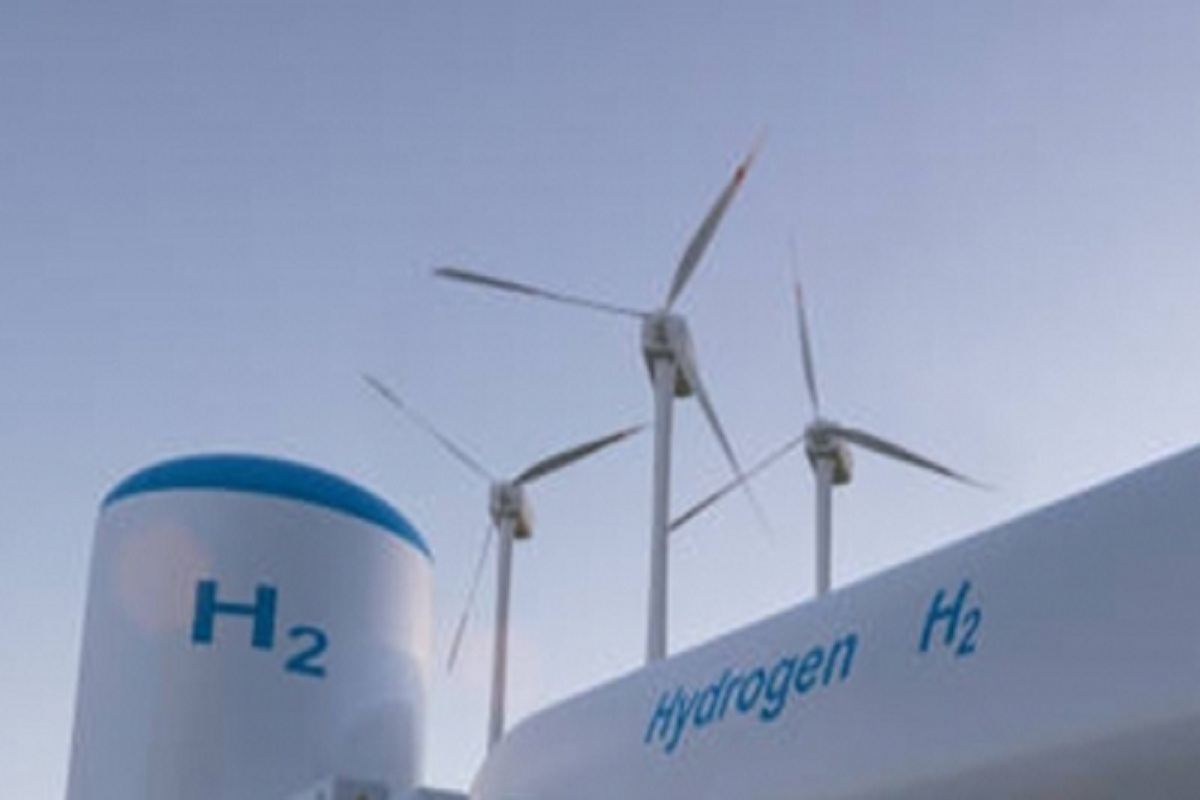In an era dominated by climate change concerns and the urgent need for sustainable energy solutions, the memorandum of understanding (MoU) between India and Saudi Arabia on cooperation and investment in renewable energy has ignited global interest. This pact can dramatically shift India from being the world’s third-largest oil importer to a net exporter of energy, primarily powered by new and renewable sources, including green hydrogen. The deal will facilitate this transition, while positioning India to become a global export hub for the fuel of the future green hydrogen. For decades, India has grappled with its heavy dependence on oil and gas imports to fuel its economy.
This not only strained finances but also exacerbated environmental challenges. To offset these challenges, India has embarked on a remarkable journey towards sustainable energy, exemplified by ambitious initiatives such as the National Green Hydrogen Mission. Under this mission, India aims to produce a minimum of 5 million metric tonnes of green hydrogen annually by 2030. Collaboration with Saudi Arabia is a pivotal step towards achieving this goal. The most fascinating aspect of this partnership is the use of undersea links. These links will be the backbone for exporting and importing electricity and hydrogen between the two nations.
Advertisement
Thus, in the not so distant future, green energy generated in India could power homes in Saudi Arabia and vice versa. This visionary collaboration transcends geographical boundaries, fostering a more interconnected, sustainable, and energy-secure world. The signifi- cance of this pact becomes even more evident when considering the India-Middle East-Europe Economic Corridor (IMEC). The economic corridor, agreed upon on the sidelines of the G20 summit, encompasses not only economic growth but also energy security through the expansion of pipelines and undersea links for electricity and hydrogen transmission. The potential advantages of this cooperation are far-reaching. First, it aligns perfectly with India’s unwavering commitment to reduce its carbon footprint.
By harnessing green hydrogen and renewable energy, India can significantly curtail its greenhouse gas emissions, thus contributing to global efforts to combat climate change. Furthermore, it firmly establishes India as a global leader in sustainable energy solutions, attracting investments and top talent from around the world. Moreover, this partnership has the potential to address the energy needs of not only India and Saudi Arabia but also neighbouring regions.
The interconnected grids and undersea links co-Puld provide a reliable and clean energy source for countries in the Middle East and Europe, thereby diminishing their reliance on fossil fuels. This is a classic win-win situation where economic prosperity and environmental stewardship go hand-in-hand. The prospect of the transformation of India from an oil importer to an energy exporter is thrilling. But it is important to acknowledge the complexities involved. Green hydrogen technologies are still evolving and relatively expensive. Collaboration and cooperation between nations are essential to overcome these challenges. But a roadmap has been drawn up.









